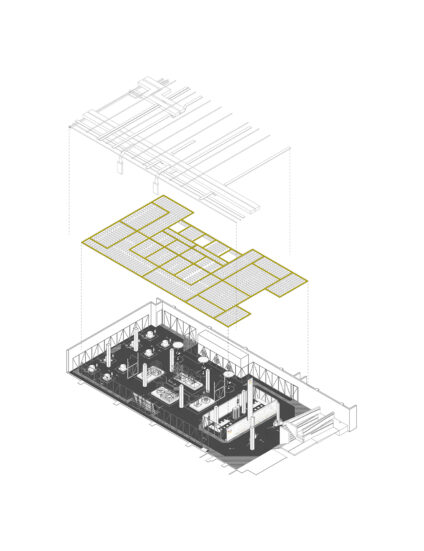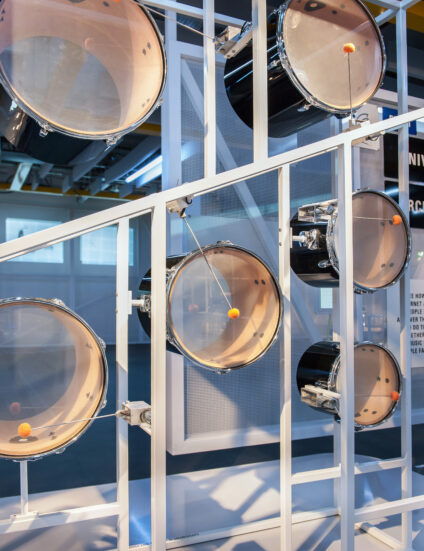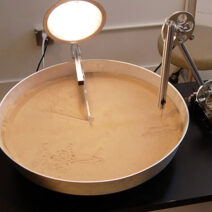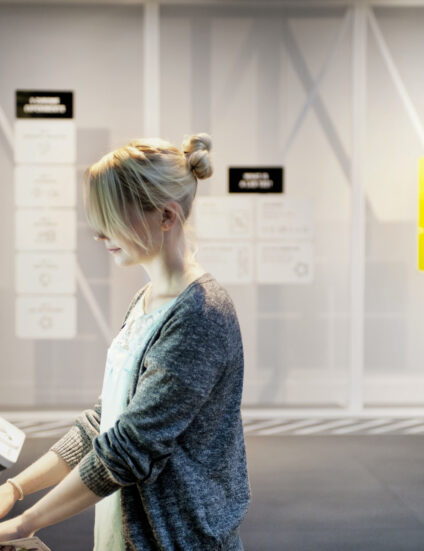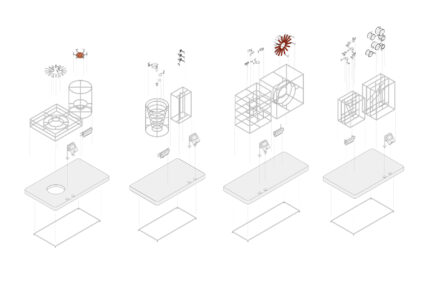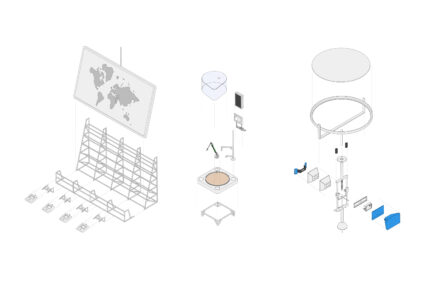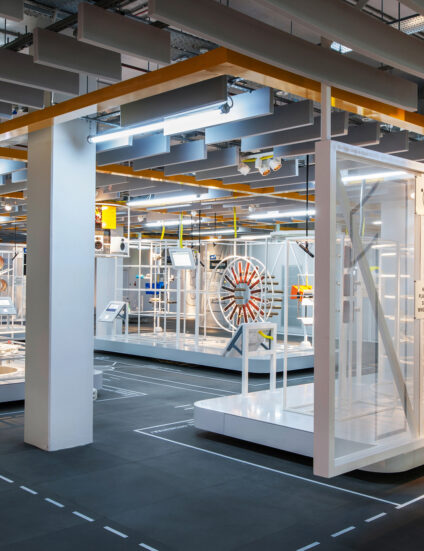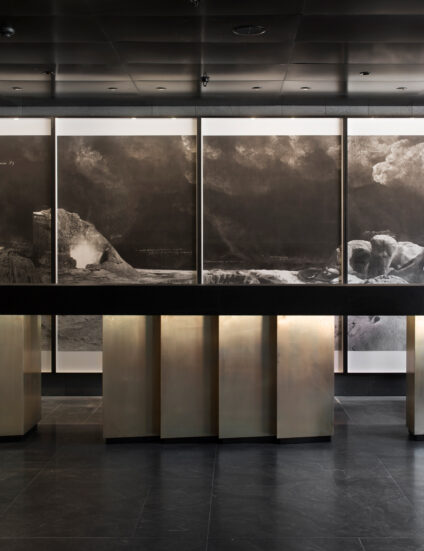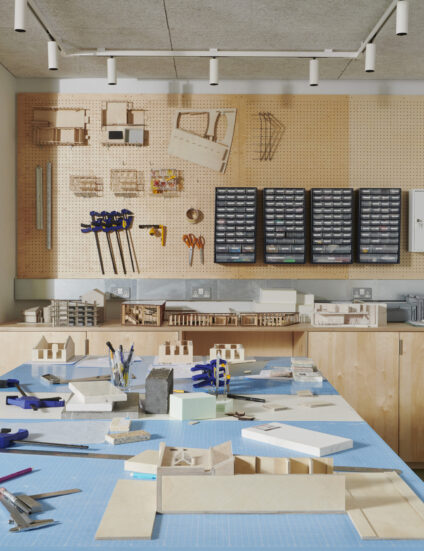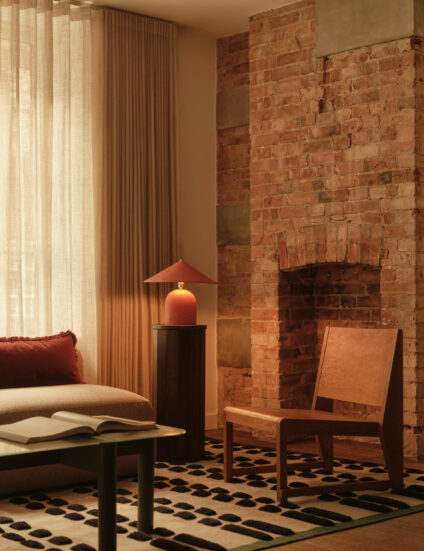PROJECT
Google Web Lab
Bringing the internet to life through physical interaction experiments
A year-long exhibition at London's Science Museum exploring the magic of the modern web
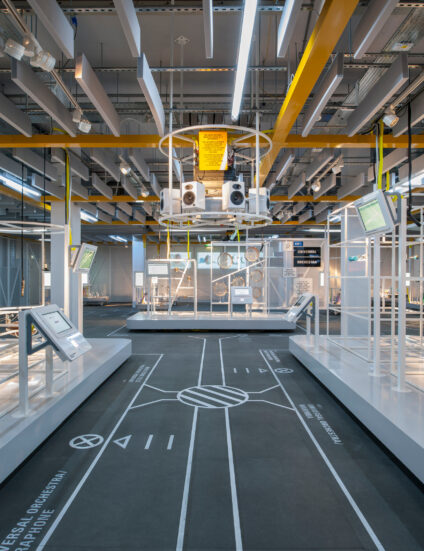
"Museums worldwide struggle with trying to understand how the digital can expand their reach to engage a wider and more diverse audience. Web Lab offers the possibility of making the online experience integral, not secondary. It offers new opportunities for richer experiences online and physical spaces that expand beyond the walls of the museum"—Jason Holley quoted in Dezeen
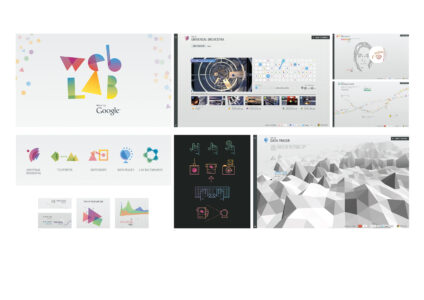
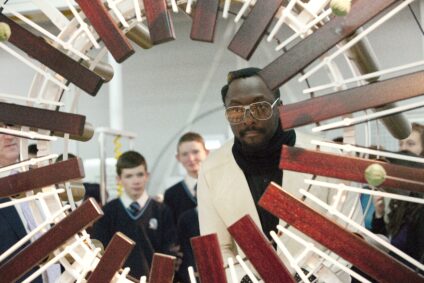
Google's Web Lab experiments are going strong with 5 million visitors —The Next Web
